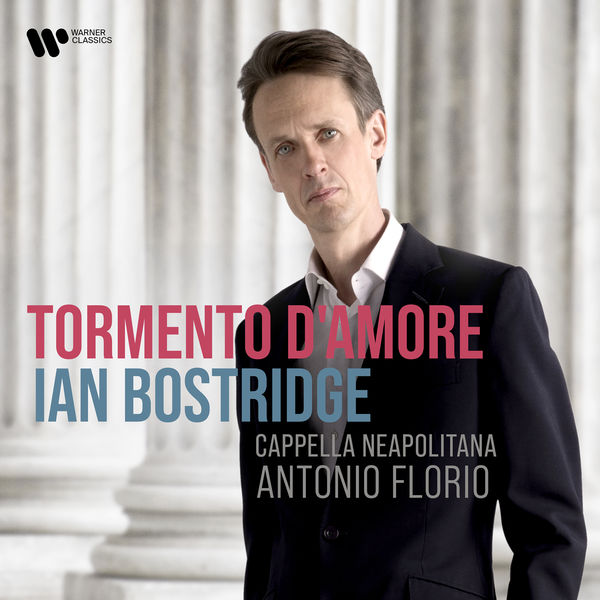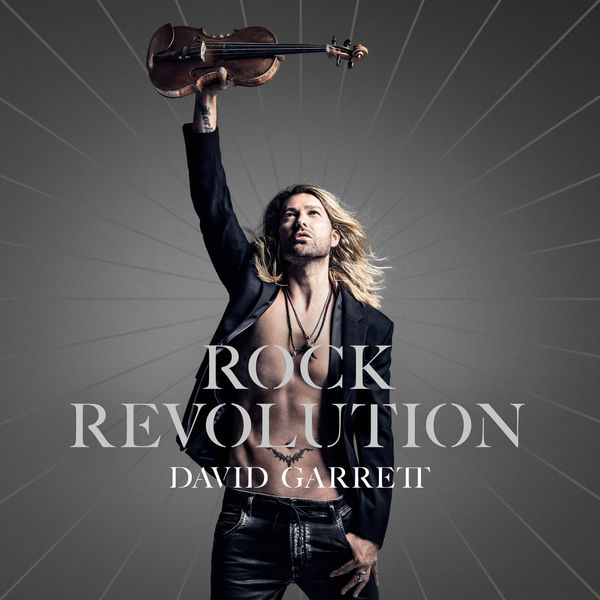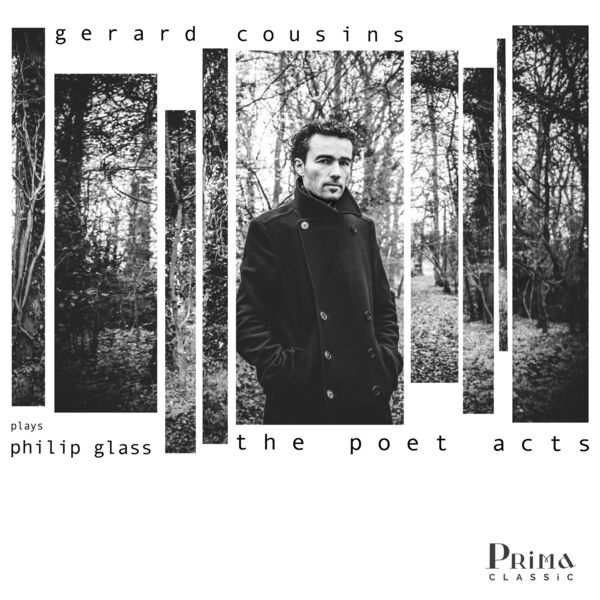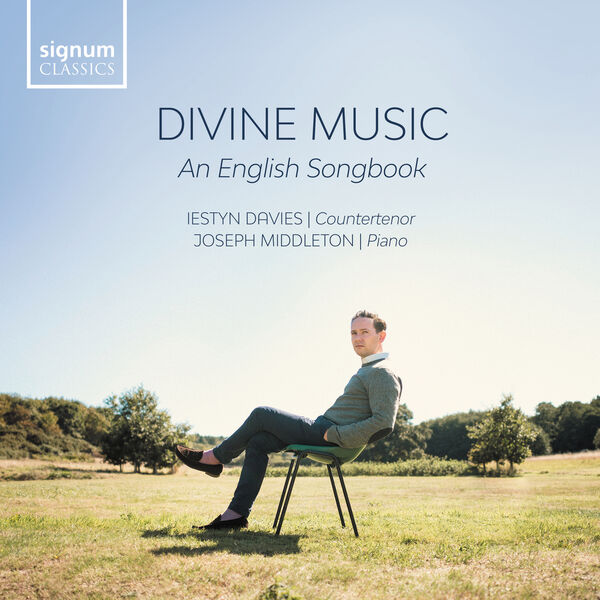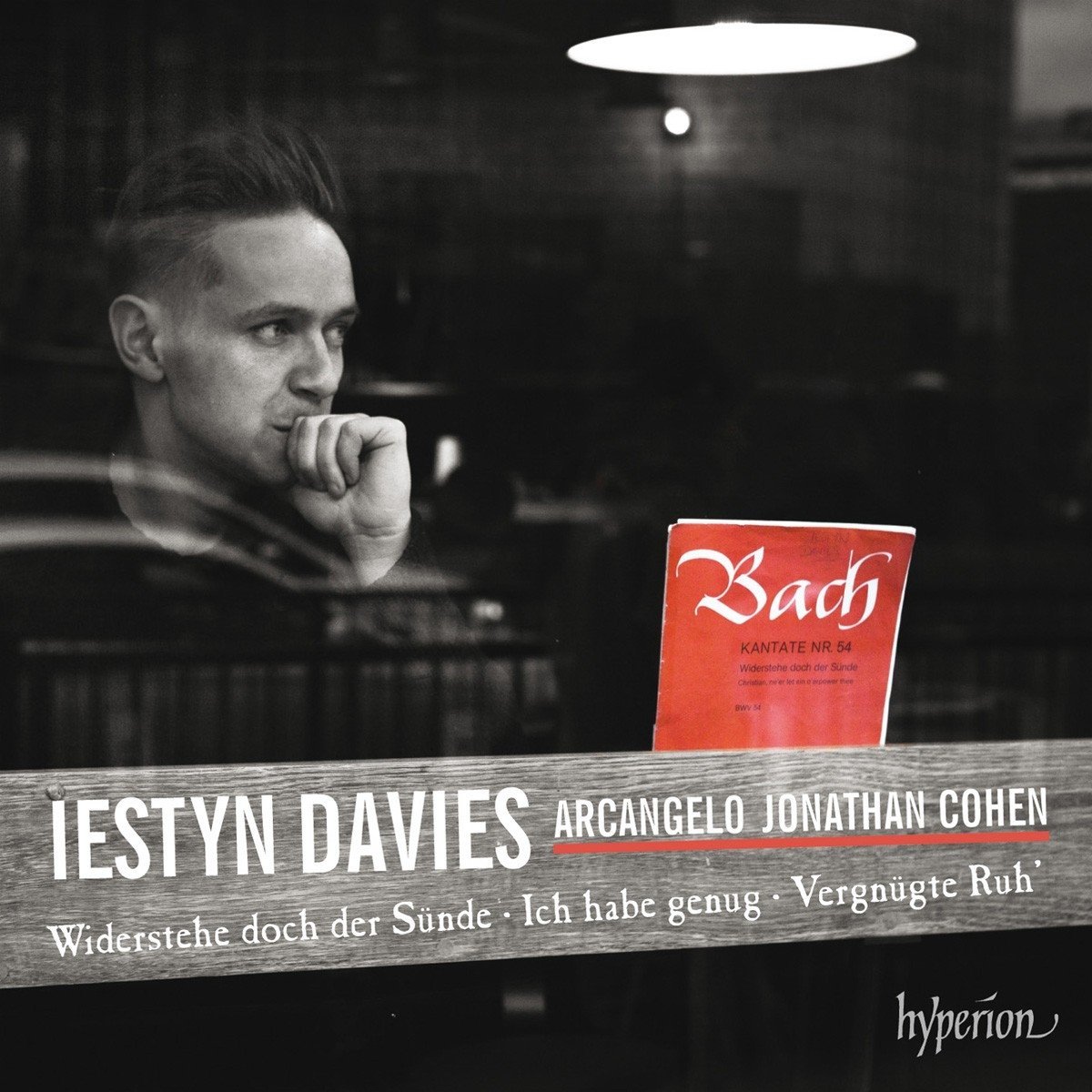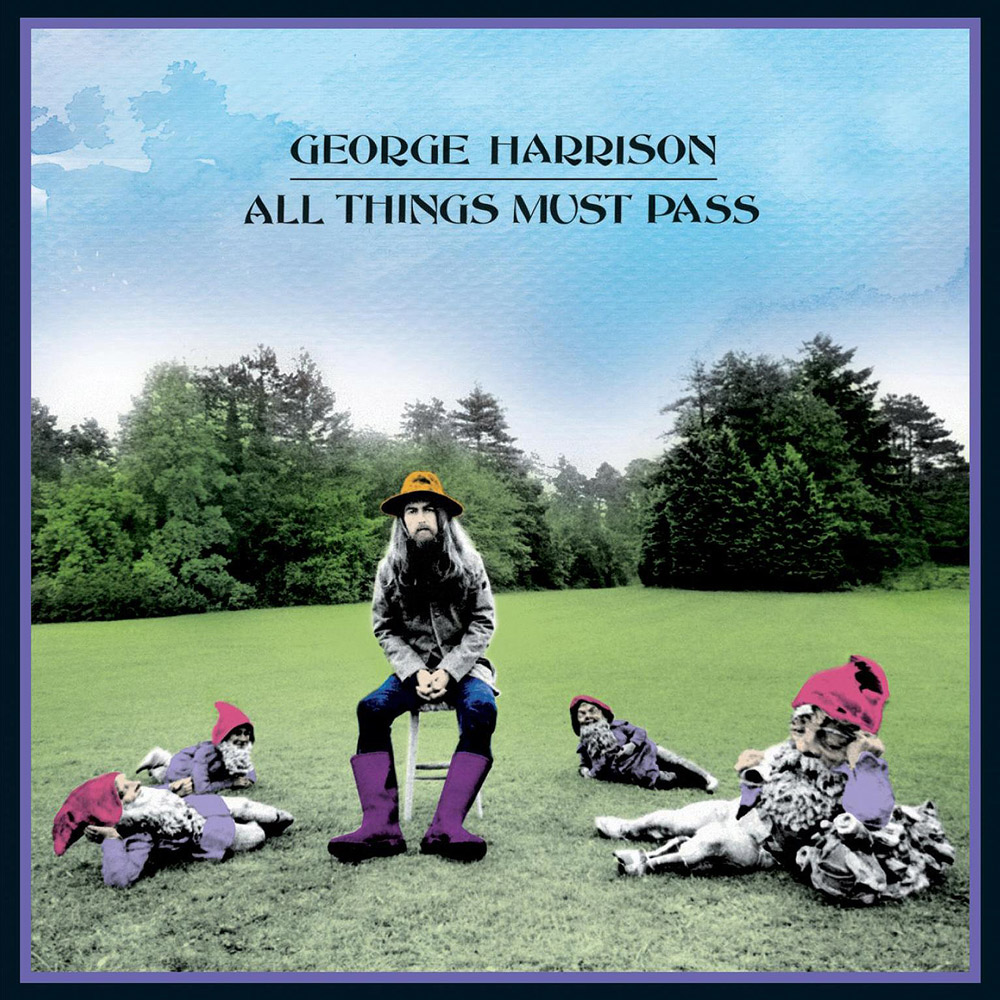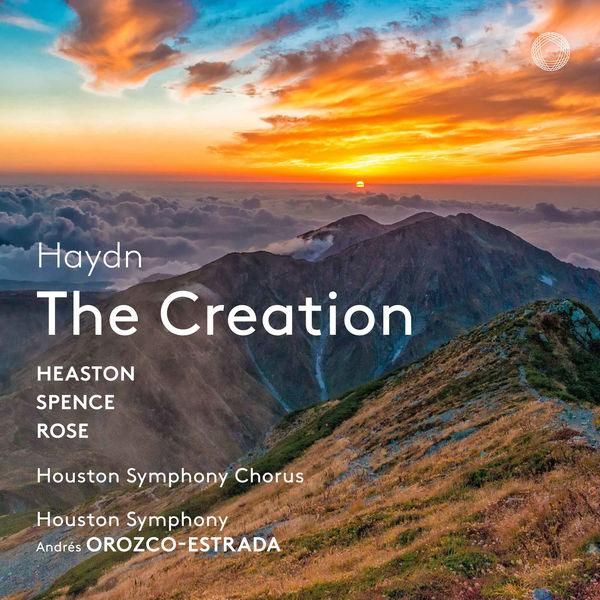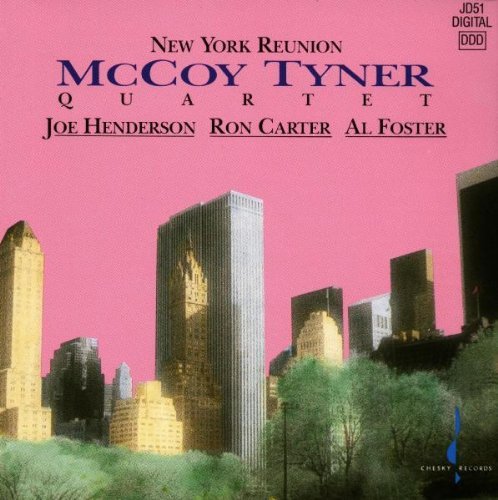Ian Bostridge – Tormento d’Amore (2022)
FLAC (tracks) 24 bit/192 kHz | Time – 01:08:50 minutes | 2,41 GB | Genre: Classical
Studio Masters, Official Digital Download | Digital Booklet, Front Cover | © Warner Classics
With the 10 arias on Tormento d’amore, Ian Bostridge demonstrates the important place that the tenor voice held in Italian opera from the mid-17th to the mid-18th century – often thought of as the era of the castrato. At this time, there were two main centres of opera in Italy: Venice, where such composers as Cavalli, Vivaldi, Cesti, Stradella, Sartorio and Legrenzi were active, and Naples, home to Provenzale, Caresana, Vinci and Fago. In addition to arias – two of them in world premiere recordings – the album offers five instrumental sinfonie and a traditional Neapolitan song, ‘Lu cardillo’, or ‘The Goldfinch’, a songbird closely associated with Naples. Bostridge is partnered by conductor Antonio Florio and his ensemble Cappella Neapolitana.
Even well into his late fifties, tenor Ian Bostridge remains as popular as ever, and this collection of Baroque arias has had typical commercial success. One may ask just why he is so consistently well-liked. His voice is quite well preserved, but it has never had the athletic quality one associates with Baroque opera; for pure opera singing, one might choose any number of other voices. A major factor is his ability to put together programs that illuminate deeply a certain place and time. This album is called Tormento d’Amore (“the torments of love”), and it constitutes a varied treatment of that theme, with moods ranging from melancholy to angry. However, there are other main ideas here. Bostridge traces the center of operatic gravity as it moved from Venice to Naples; Naples, the eighth-largest city in the world by 1750, was growing in commercial and artistic importance. The music runs in a chain from Francesco Cavalli, who trained many of the next generation, including some of the Neapolitans, to Vivaldi. In between are composers known mostly to specialists (there are a couple of world premieres), including Cristofaro Caresana, Francesco Provenzale, and Leonardo Vinci; if for nothing else, this album would be noteworthy for bringing into circulation the likes of Provenzale’s gorgeous “Che speri, o mio core,” from Il schiavo di sua moglie (1672). Another point of emphasis for Bostridge is that these are all tenor arias, and that has historically been a neglected genre in the Baroque. It may be the countertenors (and now sopranos) who got the big numbers, but Bostridge indicates what riches are out there in tenor parts. The accompaniment by Cappella Neapolitana under Antonio Florio is properly circumspect. It all adds up to a compelling hour that submerges the listeners into deep musical currents. Parlophone’s sound from the Palazzo Positano in Naples is ideal.
Tracklist:
1-1. Ian Bostridge – L’Orfeo: Sinfonia (01:52)
1-2. Ian Bostridge – Eliogabalo, Act 1: “Io resto solo?…Misero, così va’ aria di Eliogabalo” (03:55)
1-3. Ian Bostridge – Il corispero, Act 1: “Soffrirà, spererà” (01:27)
1-4. Ian Bostridge – Il tito, Act 1: “Berenice, ove sei?” (09:41)
1-5. Ian Bostridge – L’Argia: Sinfonia (02:04)
1-6. Ian Bostridge – Le avventure di una fede: “Tien ferma Fortuna” (02:41)
1-7. Ian Bostridge – La Stellidaura, Act 1: “Deh rendetemi ombre care” (05:02)
1-8. Ian Bostridge – Il schiavo di sua moglie: Sinfonia (01:54)
1-9. Ian Bostridge – Il schiavo di sua moglie, Act 1: “Che speri o mio core” (07:17)
1-10. Ian Bostridge – Il totila: Sinfonia (01:51)
1-11. Ian Bostridge – Siroe, Act 1: “Se il mio paterno amore” (03:31)
1-12. Ian Bostridge – Siroe, Act 1: “Gelido in ogni vena” (06:29)
1-13. Ian Bostridge – Il faraone sommerso: Sinfonia (03:39)
1-14. Ian Bostridge – Il faraone sommerso, Act 1: “Nuove straggi e spaventi” (02:14)
1-15. Ian Bostridge – Farnace, RV 711, Act 2: “Gelido in ogni vena” (Farnace) (11:44)
1-16. Ian Bostridge – Lu cardillo (03:23)
